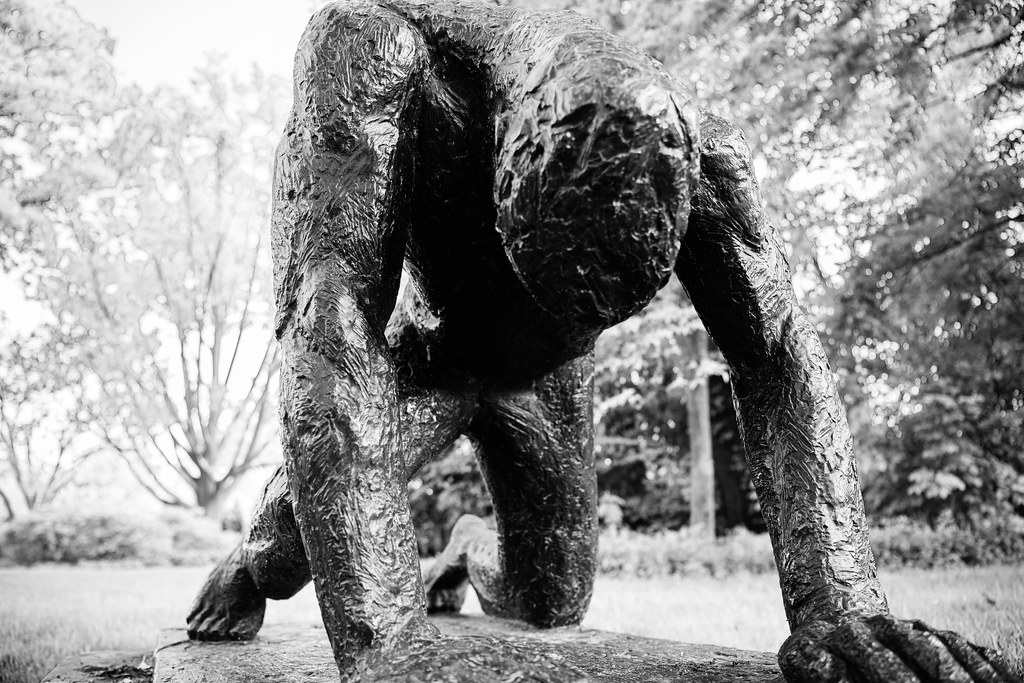
The Intergenerational Chain of Violence: From Adverse Childhood Experiences to Elder Abuse
Key Takeaways
- Adults who experienced adverse childhood experiences (ACEs) are significantly more likely to commit elder abuse.
- Individuals with one ACE had more than 3 times the risk of elder abuse perpetration, while those with two or more ACEs had nearly 8 times the risk.
- Depression, mental illness, and poor self-rated health were significant mediators linking ACEs to elder abuse.
- Breaking the cycle of violence requires targeted public health interventions aimed at preventing ACEs and supporting mental health across the lifespan.
Introduction
Adverse childhood experiences (ACEs) have long been recognized as a critical factor in shaping adult behaviors, with profound impacts on mental, physical, and social health. A recent study published in JAMA Network Open explores how ACEs are associated not only with violence towards children but also with elder abuse. The findings reveal a worrying extension of the cycle of violence—individuals who suffered from childhood adversities are significantly more likely to abuse older adults, suggesting that interventions are needed to prevent this intergenerational perpetuation of harm.
The Link Between ACEs and Elder Abuse Perpetration
This study, conducted using data from the Japan COVID-19 and Society Internet Survey in late 2022, included over 13,000 adults aged 20 to 64 years. The researchers investigated how ACEs influenced the risk of elder abuse perpetration, including physical and psychological abuse of older adults aged 65 years and above. The data revealed that individuals who had experienced one or more ACEs were significantly more likely to commit elder abuse. Specifically, compared to adults without ACEs, those with one ACE had over 3 times the likelihood of perpetrating elder abuse, while those with two or more ACEs faced nearly 8 times the risk.
Understanding Adverse Childhood Experiences (ACEs)
ACEs encompass a range of traumatic experiences before the age of 18, including interpersonal losses like parental death or divorce, family psychopathology such as parental mental illness or domestic violence, physical or psychological abuse, and neglect. These experiences have been linked to a variety of negative health outcomes across the lifespan, including poor mental health, increased likelihood of substance use, and higher risk for violent behavior.
Mediators Between ACEs and Elder Abuse
1. Mental Health as a Critical Mediator
The study identified mental health issues, particularly depression and other mental disorders, as major mediators in the relationship between ACEs and elder abuse perpetration. Depression alone mediated about 18.6% of the total effect, suggesting that poor mental health among individuals with ACEs contributes significantly to their likelihood of becoming perpetrators of elder abuse. This highlights the need for early mental health interventions aimed at individuals with histories of childhood adversity.
2. Self-Rated Health and Its Influence
Self-rated health, which reflects an individual’s overall perception of their well-being, also played a role as a mediator. Those with poor self-rated health were more likely to engage in elder abuse, which may reflect the ongoing health impacts of ACEs that affect both mental and physical health. The study found that poor self-rated health mediated 6% of the total effect, reinforcing the importance of comprehensive health support for individuals at risk.
Public Health Implications
1. Preventing ACEs as a Long-Term Strategy
Given the strong connection between ACEs and future abusive behaviors, preventing ACEs is critical for breaking the cycle of violence. Public health initiatives focused on early intervention—such as supporting parents, offering counseling for families at risk, and implementing community programs to reduce family stress—can reduce the prevalence of ACEs and ultimately lower the risk of elder abuse in future generations.
2. Supporting Mental Health Across the Lifespan
The study’s findings underscore the necessity of robust mental health services that support individuals throughout their lives, especially those with ACEs. Mental health interventions for adults who have experienced childhood trauma could play a key role in preventing the emergence of abusive behaviors later in life. Policies that enhance access to affordable mental health care are crucial to breaking the chain of intergenerational violence.
3. Increasing Awareness Among Healthcare Providers
Healthcare providers should be trained to recognize the signs of ACEs and understand their long-term impacts on health and behavior. By identifying individuals at risk, healthcare professionals can play an active role in preventing future abuse, either by offering direct support or by connecting individuals to community resources that address underlying issues like mental health and social support deficits.
Breaking the Cycle: Toward a Violence-Free Future
The cycle of violence demonstrated in this study shows how ACEs can impact not only the individual’s direct relationships but also extend to elder abuse as people age. This suggests that interventions must not only focus on children but also continue supporting those affected throughout their lives. Elder abuse prevention efforts should be integrated with ACE prevention programs to ensure continuity of care and support for those at risk of becoming perpetrators.
Conclusion
The intergenerational cycle of violence presents a significant challenge for public health, as ACEs appear to be closely linked to the perpetration of elder abuse. This study’s findings highlight the urgent need for preventive public health measures to reduce the prevalence of ACEs and mitigate their long-term consequences. Addressing the mental health needs of individuals with ACEs, along with targeted family and community-based support, will be crucial to breaking this cycle and fostering safer environments for both children and older adults.
Preventing ACEs and addressing their impacts can have far-reaching benefits—not only reducing child abuse but also minimizing the risk of elder abuse and creating healthier, more supportive communities for all generations.
The featured image for this article is sourced from Flickr and is a photo of “Stumbling Man” by David K. Rubins, composed by Don Sniegowski.
